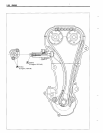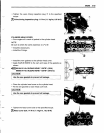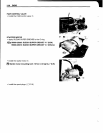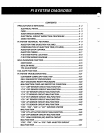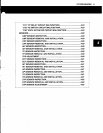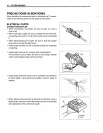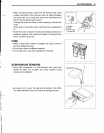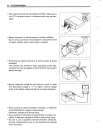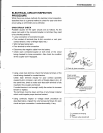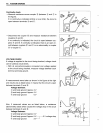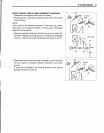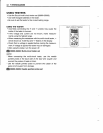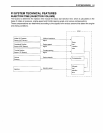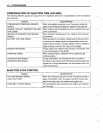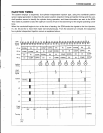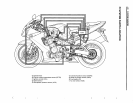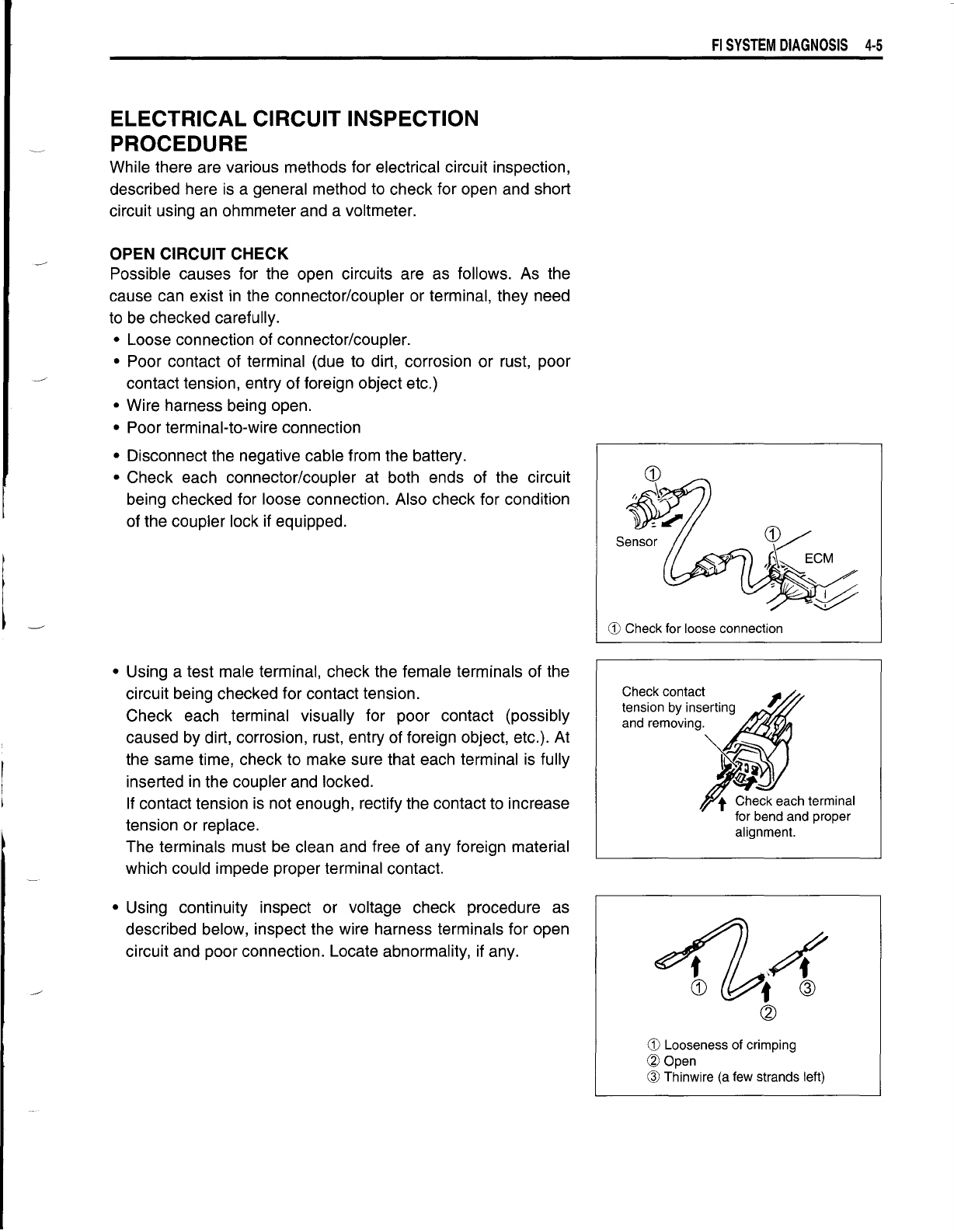
ELECTRICAL CIRCUIT INSPECTION
PROCEDURE
While there are various methods for electrical circuit inspection,
described here is a general method to check for open and short
circuit using an ohmmeter and a voltmeter.
OPEN CIRCUIT CHECK
Possible causes for the open circuits are as follows. As the
cause can exist in the connector/coupler or terminal, they need
to be checked carefully.
• Loose connection of connector/coupler.
• Poor contact of terminal (due to dirt, corrosion or rust, poor
contact tension, entry of foreign object etc.)
• Wire harness being open.
• Poor terminal-to-wire connection
• Disconnect the negative cable from the battery.
• Check each connector/coupler at both ends of the circuit
being checked for loose connection. Also check for condition
of the coupler lock if equipped.
• Using a test male terminal, check the female terminals of the
circuit being checked for contact tension.
Check each terminal visually for poor contact (possibly
caused by dirt, corrosion, rust, entry of foreign object, etc.). At
the same time, check to make sure that each terminal is fully
inserted in the coupler and locked.
If contact tension is not enough, rectify the contact to increase
tension or replace.
The terminals must be clean and free of any foreign material
which could impede proper terminal contact.
• Using continuity inspect or voltage check procedure as
described below, inspect the wire harness terminals for open
circuit and poor connection. Locate abnormality, if any.
FI
SYSTEM
DIAGNOSIS
4-5
CD
Check for loose connection
Check contact
tension by inserting
and removing.
~
each terminal
for bend and proper
alignment.
CD
Looseness of crimping
~Open
@ Thinwire (a few strands left)



